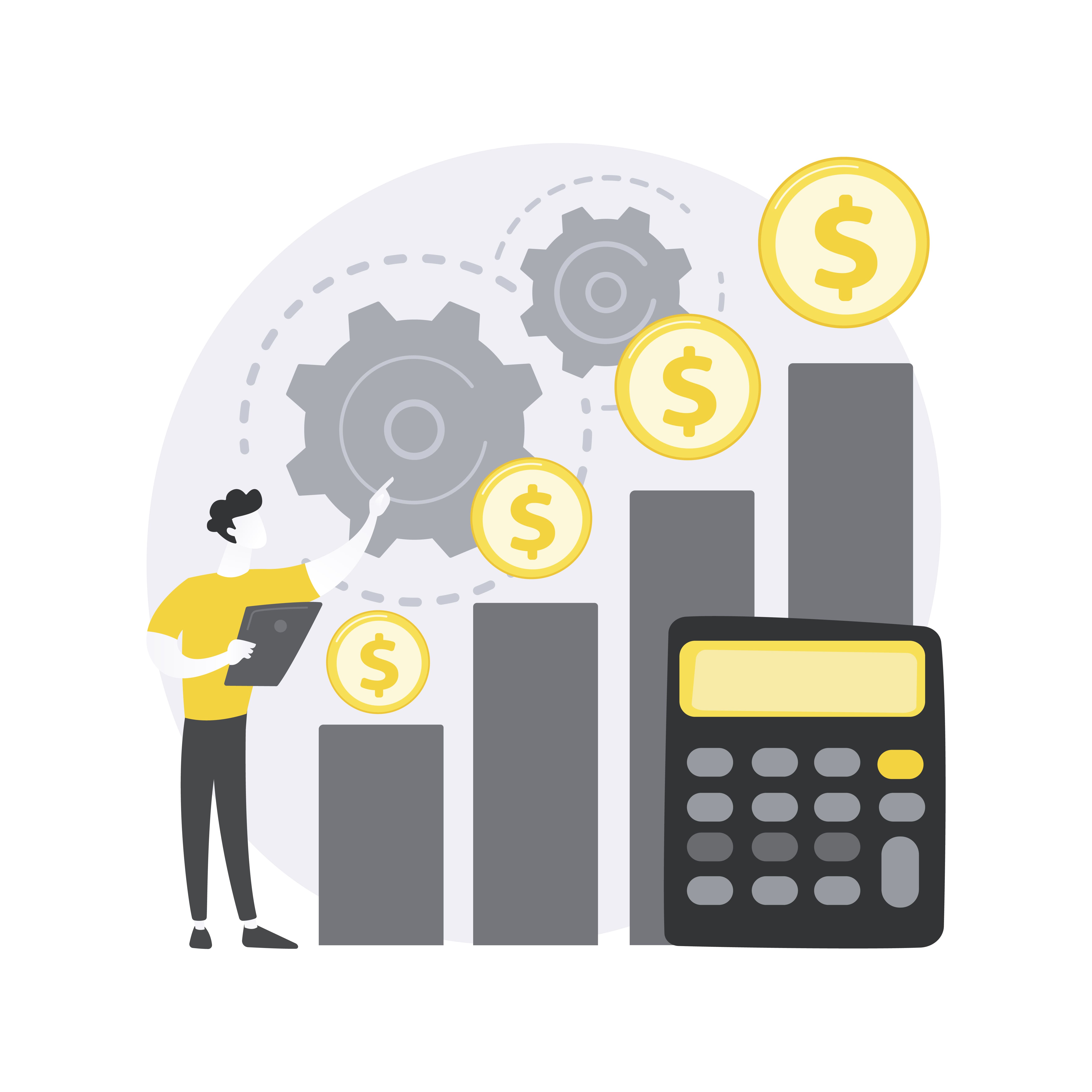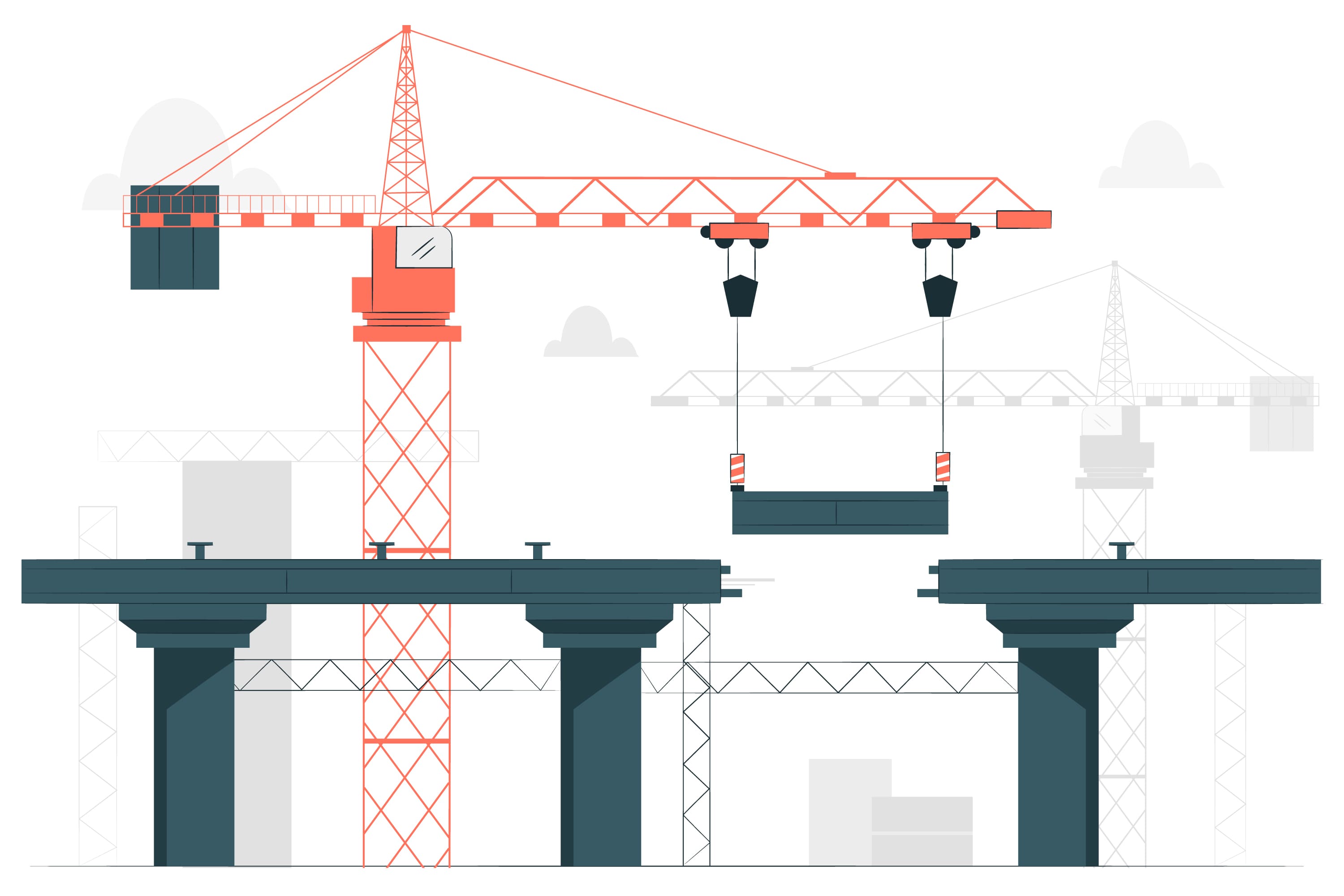Project performance measurement involves tracking, assessing, and evaluating various aspects of a project to ensure it is progressing as planned and achieving its objectives. Key performance indicators (KPIs) and metrics are essential tools in this process. Here’s a detailed explanation of project performance measurement with examples:
Techniques for Measuring Project Performance
1. Key Performance Indicators (KPIs):
KPIs are specific, measurable, and quantifiable metrics that reflect the project’s progress and success in achieving its objectives. They serve as benchmarks to assess performance.


- Schedule Performance Index (SPI): Measures how closely the project schedule is being adhered to. SPI = Earned Value (EV) / Planned Value (PV).
- Cost Performance Index (CPI): Evaluates cost efficiency by comparing the value of work completed to the actual cost. CPI = EV / Actual Cost (AC).
- Defect Density: In software development, it measures the number of defects per lines of code, indicating software quality.
2. Earned Value Management (EVM):
EVM integrates scope, schedule, and cost data to provide a comprehensive view of project performance. It uses metrics like Planned Value (PV), Earned Value (EV), and Actual Cost (AC) to assess progress.

3. Trend Analysis:
Trend analysis involves monitoring project metrics over time to identify patterns and trends. It helps project managers anticipate potential issues.

4. Variance Analysis:
Variance analysis compares actual project performance to the planned baseline. It identifies discrepancies and helps project managers understand the reasons behind deviations.

Using KPIs and Metrics
Let’s consider a software development project as an example:
Schedule Performance Index (SPI): The SPI is calculated regularly to assess whether the project is on schedule. If the SPI is 1.0, it means the project is on track. An SPI below 1.0 indicates schedule delays.
Cost Performance Index (CPI): The CPI is monitored to evaluate cost efficiency. If the CPI is greater than 1.0, the project is under budget; if it’s less than 1.0, the project is over budget.
Defect Density: In a software development project, the defect density metric is tracked to assess software quality. If the defect density is increasing, it indicates declining quality and may require additional testing or debugging efforts.
4. Burn-Down Charts: These charts visually represent the remaining work in a sprint or project. By comparing the actual burn-down rate with the planned rate, the team can assess progress and adapt as needed.
5. Customer Satisfaction Surveys: Customer feedback is collected regularly to gauge satisfaction with the project’s deliverables. A decrease in customer satisfaction scores might indicate issues with product quality or communication.
6. Velocity: In Agile projects, velocity measures the amount of work completed in a sprint. It helps the team plan future sprints and assess whether they can meet project deadlines.
7. Lead and Lag Indicators: Lead indicators are predictive metrics, while lag indicators are historical. For example, lead indicators might predict project delays based on early warning signs, while lag indicators show the actual impact of those delays.
Example of KPIs and Metrics in Action
In an Agile software development project, the team uses KPIs and metrics to assess performance:
- The SPI and CPI are calculated after each sprint to track schedule and cost performance.
- Burn-down charts are updated daily to visualize progress and remaining work.
- Defect density is measured weekly to ensure software quality.
- Velocity is used to plan the scope for each sprint and evaluate the team’s productivity.
- Customer satisfaction surveys are sent to stakeholders at the end of each release to gather feedback.
By regularly monitoring these KPIs and metrics, the project manager can identify issues early, make data-driven decisions, and take corrective actions to ensure the project stays on track and delivers a high-quality product on time and within budget.


